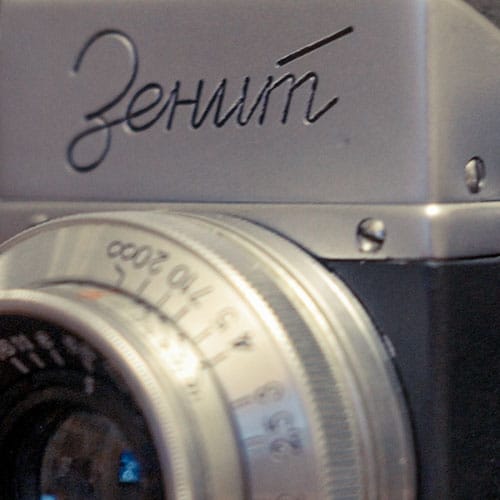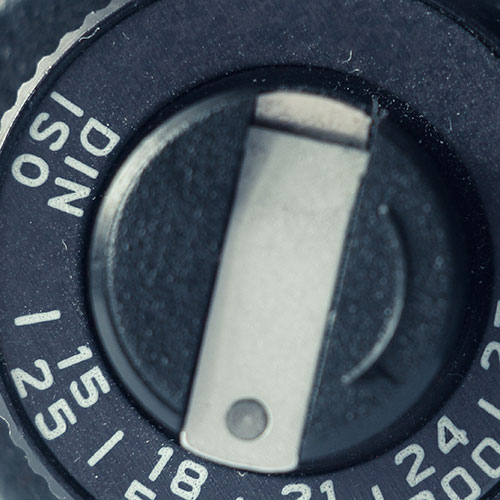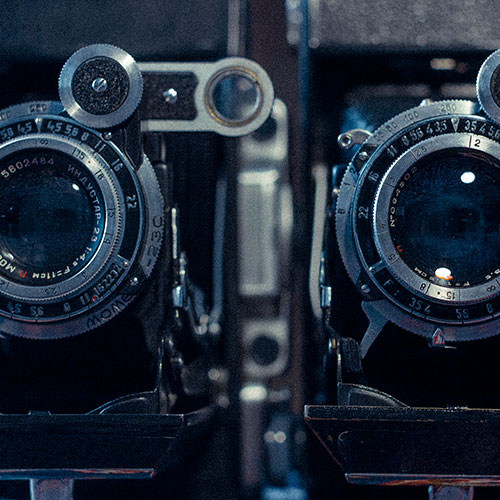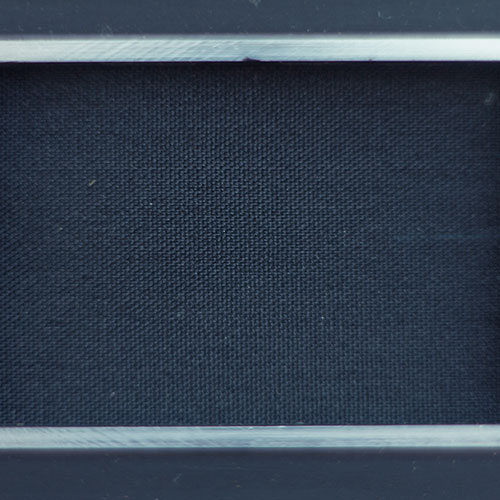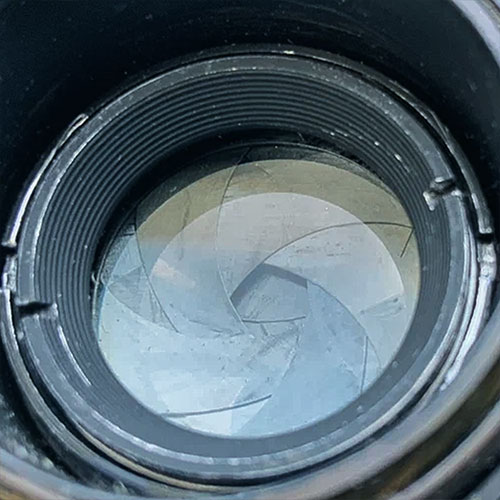Focal Length
The focal length of a lens is the optical distance from the point of convergence of light rays inside the lens to the film or camera matrix.
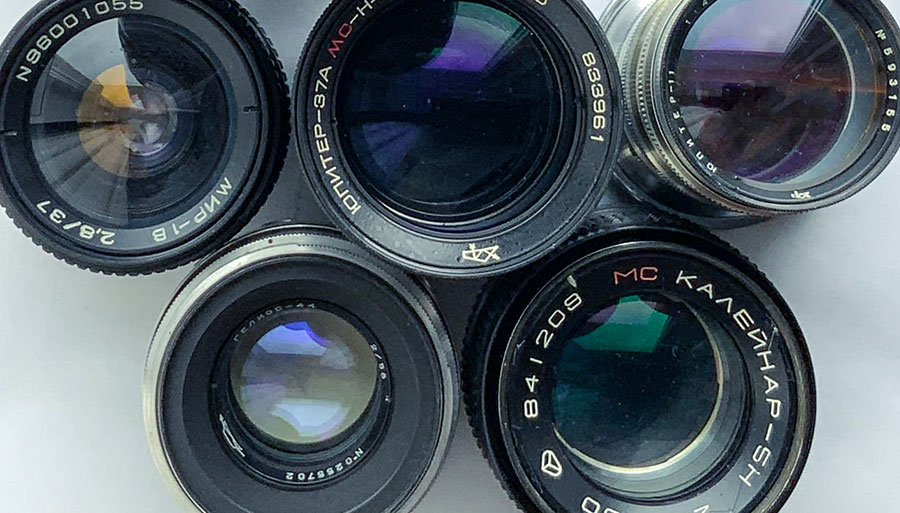
When choosing a lens for high-quality shooting, the focal length is important. This criterion is one of the main ones. A person who wants to engage in professional photography or just an enthusiastic amateur should pay attention to the focal length in order to choose the lens that is most suitable for solving their tasks.
Technically, the focal length is the optical distance from the point where the light rays inside the lens converge to the camera’s sensor. This parameter is the key in any optical system and the angle of view of the lens directly depends on this parameter.
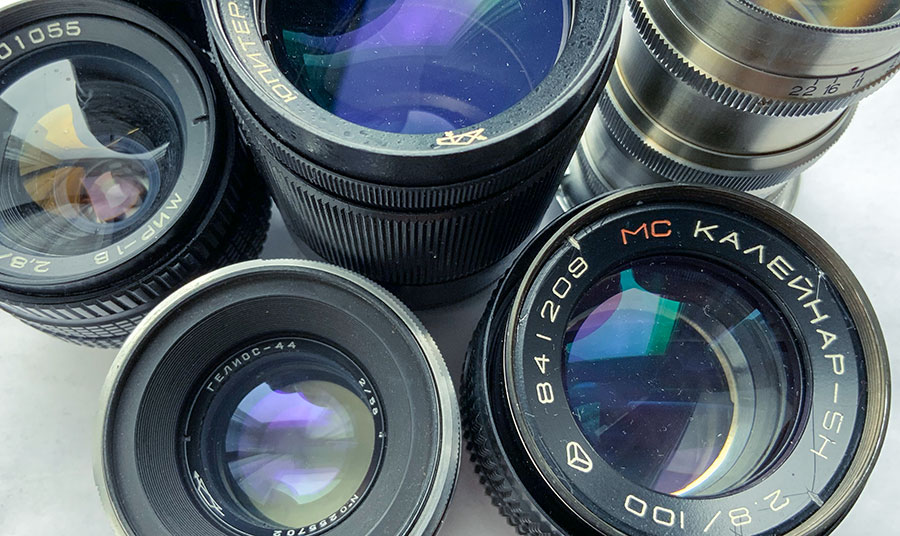
This parameter is measured in millimeters and is always indicated in the lens model. This physical characteristic determines the basic properties of an optical system, which include magnification and angular field.
It is the focal length of the lens that determines the level of magnification of the subject at a particular point of view. An important property of the focal length is the depth of field, which indicates how much certain objects are in focus in the photograph.
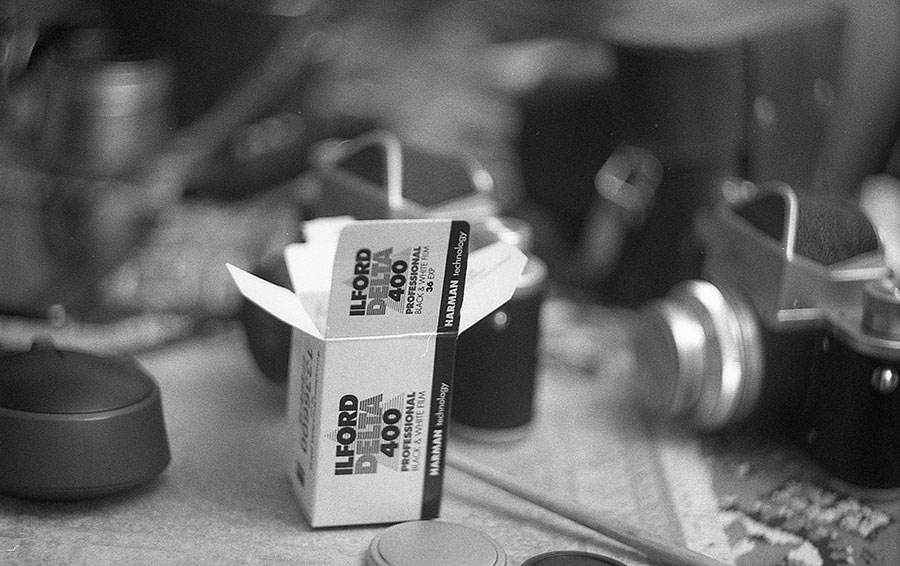
Each lens has a different focal length and, accordingly, different capabilities.
Lenses are:
- ultra wide-angle;
- wide-angle;
- normal;
- telephoto;
- super telephoto.
There are also zoom lenses and prime lenses that cannot zoom in and out. In this case, the photographer himself must approach the subject closer or move away.
If you plan to shoot distant objects close-up, then the lens should have a large focal length. For this purpose, devices called telephoto lenses are used. They are great for portrait, sports and wildlife photography.
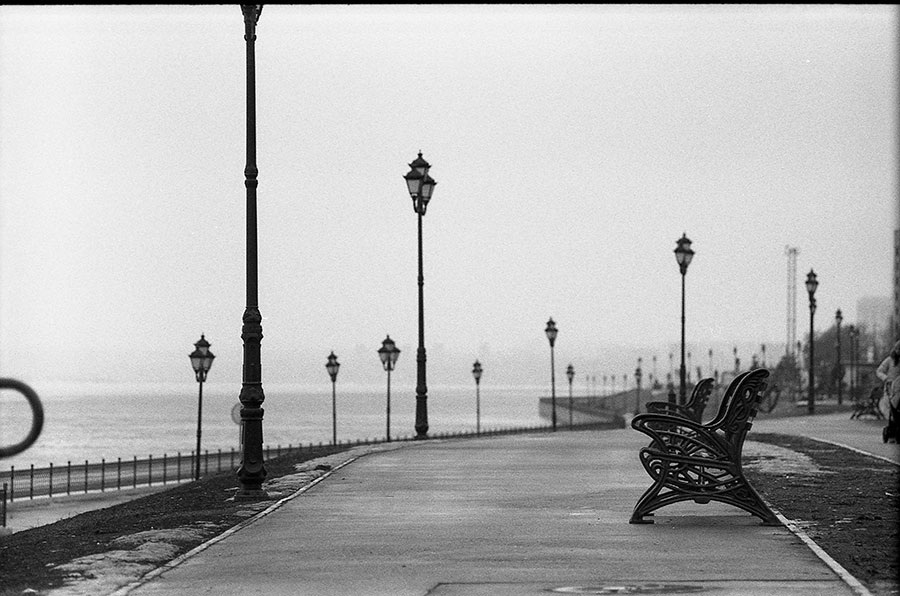
The focal length is especially important when shooting handheld and the main goal is to get a sharp, high-quality picture. Using a wide angle lens reduces exposure time, while significantly reducing hand-shake blur, resulting in important objects appearing sharper in the final shot. One of the most famous Soviet wide-angle lenses is Mir-1B, which was created for Zenit cameras.
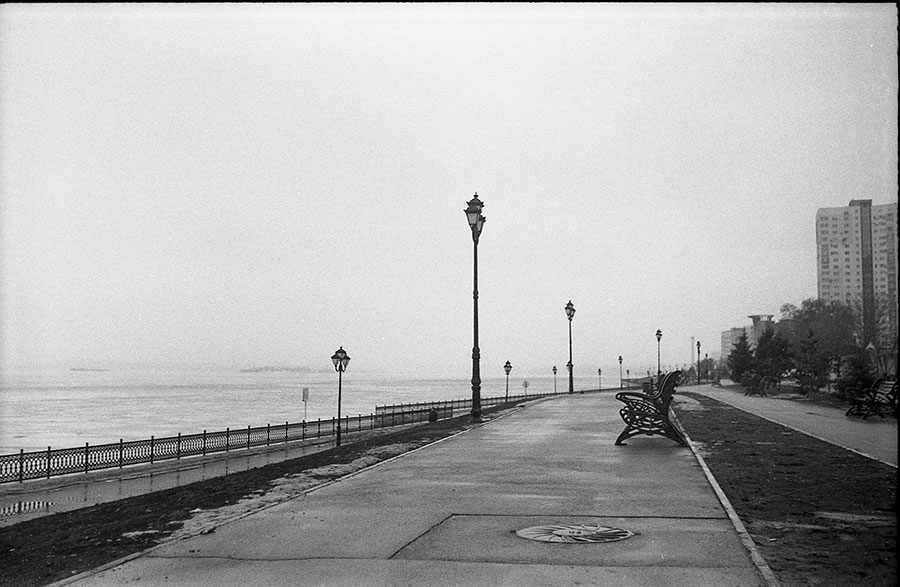
It should be noted that with a wide angle lens, more objects will fit in the frame and their distortion will be large. Telephoto lens will better bring distant objects and the background closer.
Portraits should preferably be taken with a telephoto lens, since facial features will not be distorted, and landscapes are best done with a wide angle lens, since the viewing angle will be large and the perspective effect will increase. Blurring the background with a telephoto lens can be used as an artistic effect.


